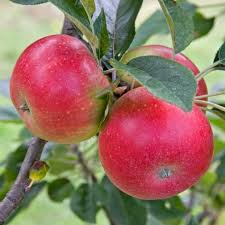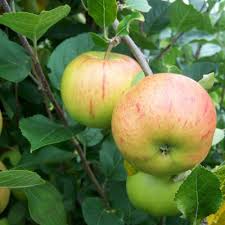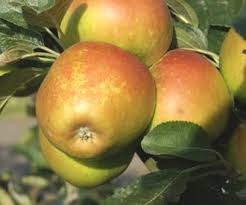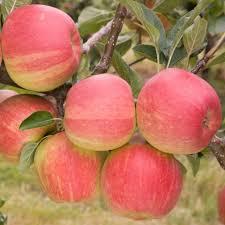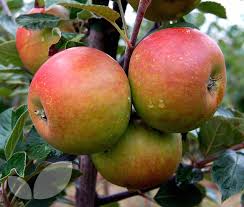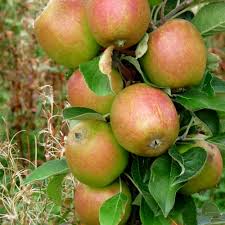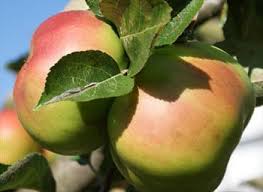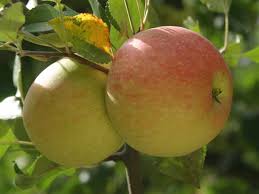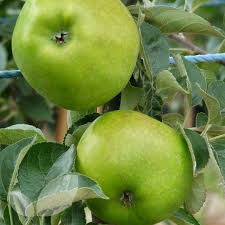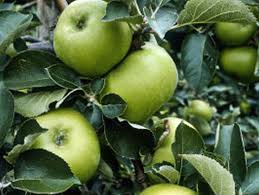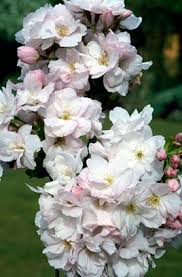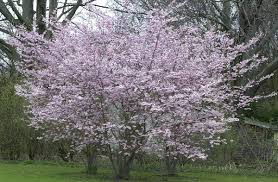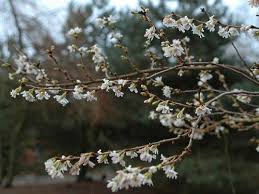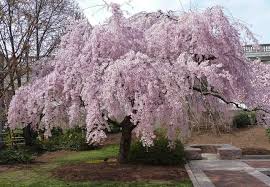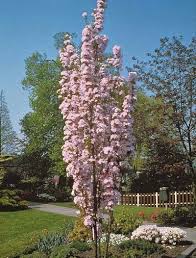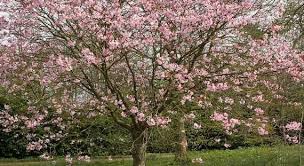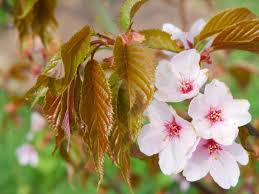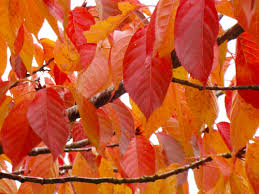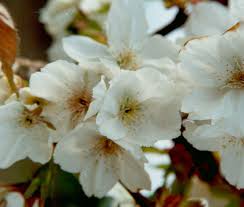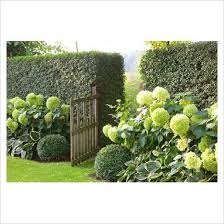
Evergreens take centre stage.
As February looms and the glitter of Christmas is a fading memory the depths of winter are feeling long in the garden. This is where evergreens finally come into their own. All year they have been the back drop to the vibrant blooms of summer and autumn. Now they take centre stage.
Trees
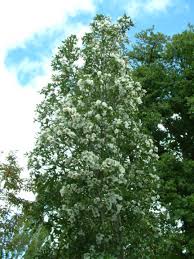
Eucryphia x nymansensis ‘Nymansay’
Eucryphia x nymansensis ‘Nymansensis’ : A small elegant tree of slender columnar habit, with dark glossy green leaves, and saucer shaped white flowers up to 6mm across with a cluster of bright yellow stamens in August. Grows well in a loamy soils but this variety will tolerate chalky conditions.
Chamecyparis lawsoniana ‘Columnaris’: This delightful small conifer is an ideal focal point for a small garden. It has a dense, narrow habit with ascending branches and flattened sprays of glaucous foliage, with attractive bunches of small round cones. It grows well on neutral soils but will tolerate poor conditions.
Shrubs
Pieris japonica ‘Variegata’: This attractive medium sized shrub, gives a lot of ‘bang’ for it’s ‘buck’. It has glossy dark green leaves with a creamy yellow edged margin and the new growth in spring is held upright in rich red tufts of leaves giving a good contrasted with the mature foliage. Delicate racemes of ‘lilly of the valley’ type flowers in clear white are produced in April/May. Pieris are members of the Ericaceae family and so need acid soil, they will however grow just as well in a large tub or container.
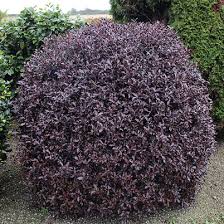
Pittosporum tenifolium ‘Tom Thumb’
Pittosporum tenuifolium ‘Tom Thumb’: This wonderful mound forming small shrub can be used as a statement at the front of a boarder or as an informal low hedge. It has dark glossy burgundy foliage with the new growth being a vibrant lime green before it becomes speckled purple and finally becomes a mature wine colour. It responses well to gentle clipping after the last of the frosts. Like all Pittosperums it is only fully hardy in the south of England. It will grow in all well drained soils and will tolerate a variety of soil types, except waterlogging.
Herbaceous
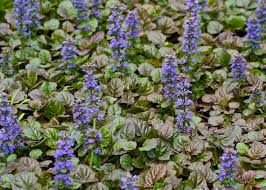
‘Ajuga retans ‘Catlin’s Gaint’
Ajuga reptans ‘Catlin’s Gaint’: This vigorous spreading ground cover plant adds a splash of colour to the lower boarder and acts as a great foil for dwarf spring bulbs. Shiny rounded dark purple leaves on long creeping stems make a dense purple matt. In early spring, 75mm tall dark blue/purple flower spikes are produced which form an attractive combination between flower and leaf colour.
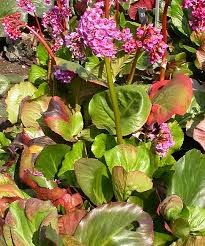
Berginia rotblum
Bergina ‘Rotblum’: This striking low growing herbaceous perennial has large glossy emerald green leaves which turn a deep claret red when the temperatures drop in the autumn and winter, making it a striking addition to the lower boarder. It has magenta flower held on red stems rising 200mm above the bold dark red leaves in March and flowering till early May. It does well in humus rich soil in semi-shade, it does not like waterlogging.
Evergreens are versatile in their use from clipped topery as a statement piece to one off specimen trees, to the dominant focal points at entrances and exits, to screening hedges and low boarder edging hedges. To dramatic sweeps of low evergreen herbaceous planting. All are essential evergreen planting uses in the garden.

Evergreens make a winter garden.
So if you are looking out of the kitchen window at a brown and desolate garden where all you see is the sticks of the roses and the bare earth now the herbaceous plants have died down and endless boundary fences round the garden. Then you need to think about enriching your garden design with some evergreen elements and now is the time to get planning and get planting. If you need help? Then I know a woman who can. Give me a ring, 01273 470753.
Breath evergreen life into you winter garden!

